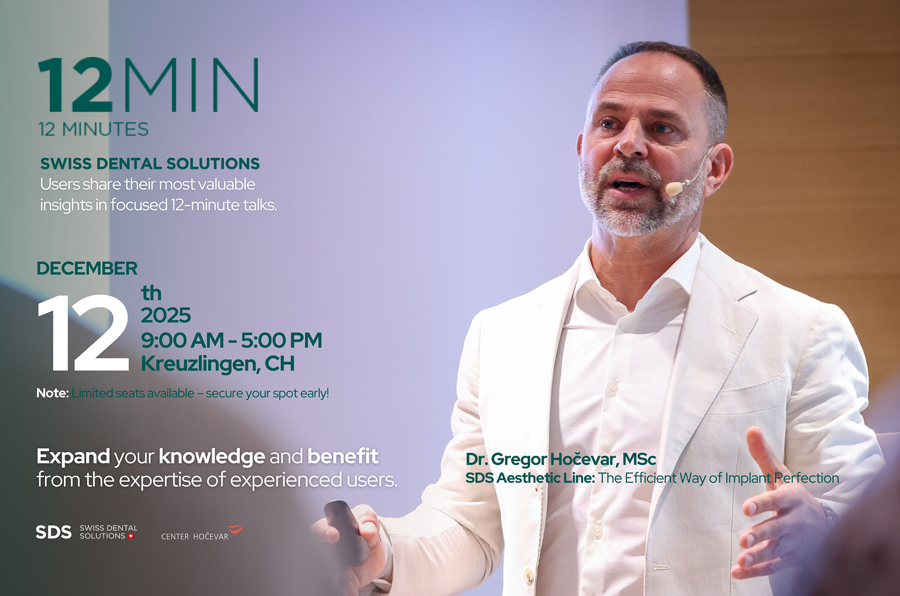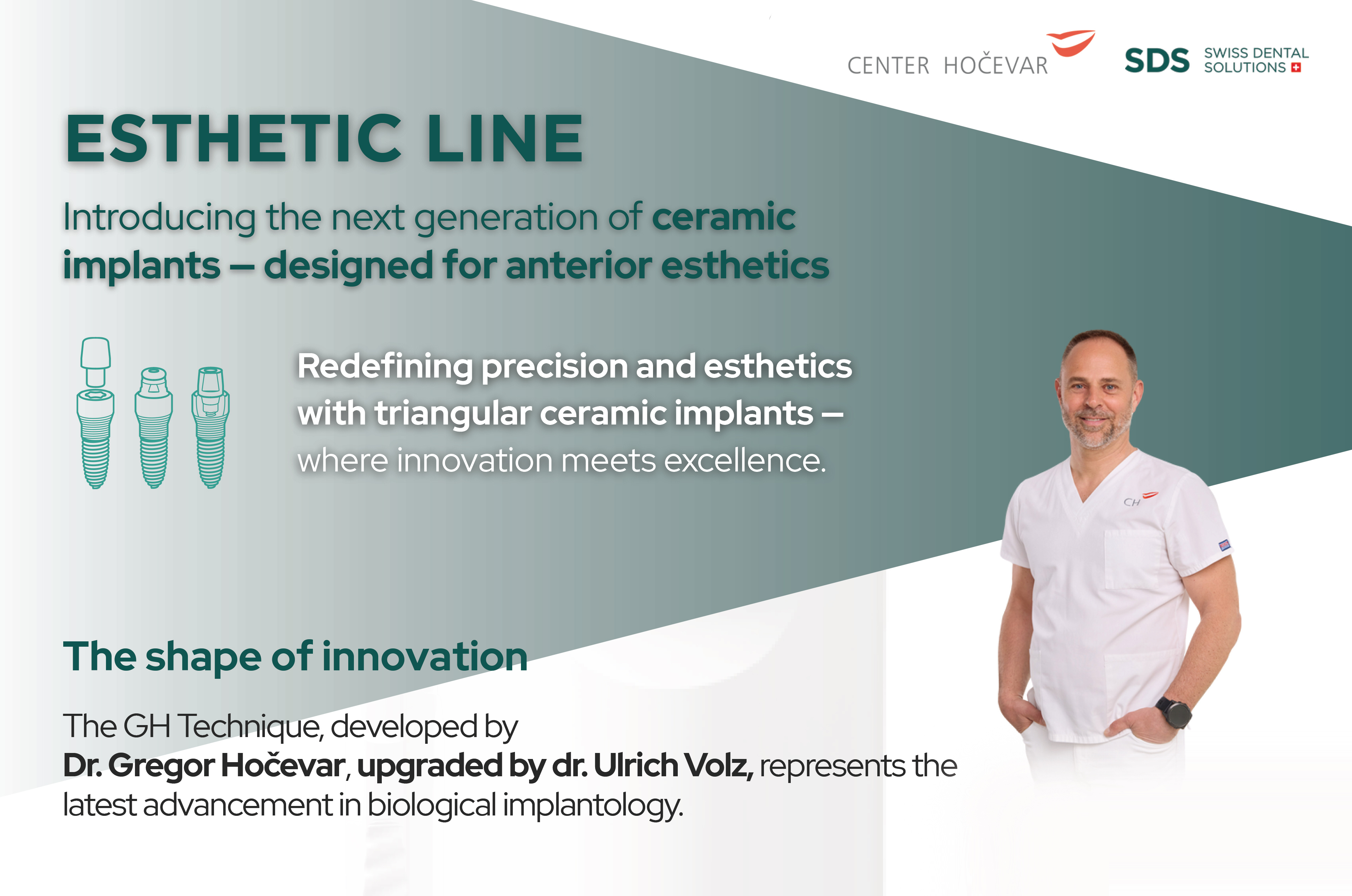Mouth without metal
What to do when you lose one or more teeth? It is best to replace them with a dental implant. They replace each individual tooth to avoid unnecessary abrasion. Until now the choice has been clear, but as we have to pay for the procedure out of our own pockets, we need to be well informed beforehand in regards to what specific dentists offer and what else is on the market.
Ceramic implants have become increasingly more competitive in comparison with titanium implants, which are otherwise the most common type of implant. The main advantage of ceramic implants is that they do not contain any metal parts. So what are their characteristics?
Material
Ceramic implants are made of zirconium dioxide (ZrO₂) or zirconium ceramics, which has exceptional mechanical characteristics such as: a high level of strength, fracture toughness, permanence and durability. The material is biocompatible (ceramic implants grow into the jaw bone) and hypoallergenic, meaning they do not cause allergic or any other reactions in the body.
Although titanium allergies are rare (they affect about 4% of the population), there are often cases when they appear a few years after the implant has been inserted. In any case, the occurrence of various allergies is increasing and people with autoimmune diseases and those with accumulated heavy metals are the ones particularly under threat.
Bio-inert material
Zirconium dioxide is a bio-inert material, meaning it does not cause any chemical reactions or interference with the electrical conductivity of tissues and is completely safe for the human body. It is resistant to corrosion, so it does not “break down” in the mouth, which could otherwise cause its particles to move into nearby tissues or even into glands. All of these material virtues contribute to better health of the gums. As it is a nonconductive material, it does not interfere with the electromagnetic waves emitted by electrical devices (e.g. mobile phones), which means there will be no electric or electromagnetic activity in the mouth. The latest research has shown that bacteria reproduce slower on non-conductive material. Thus the inflammation rate of the surrounding tissue is lower and consequently there are fewer premature implant losses.
Natural look
Ceramic implants are not noticeable even if you have thin or transparent gums. They look as if they were real teeth because they are white, unlike the titanium implants, which are grey and can in some cases show through thin gums. With age, receding gums might occur and with titanium implants the metal edge can become visible. This would not be noticeable with ceramic implants because they are entirely white.
Holistic approach
Ceramic implants do not hinder the movement of energy across the body’s meridians and are therefore appropriate for patients who advocate a holistic approach to medical treatment and health.
One-piece
Ceramic implants typically consist of a single piece. When inserting a 2-piece implant, a small gap or space might occur in which anaerobic bacteria can thrive freely, which can cause a series of problems, including implant loss. As the placement of these implants is fairly difficult, ceramic implants made out of two pieces are now also available.
A single operation
If the condition of the jaw and the soft tissue is adequate, the ceramic implants can in most cases be inserted into the jaw right after the tooth is removed. The procedure is thus less invasive and quicker. It is done three to four months after the tooth is removed. A supportive treatment with vitamins, minerals and microelements speeds up the healing process and actually helps the implant grow in faster and without complications.
Success rate
According to the latest research, the success rate of ceramic and titanium implants growing into the jaw is the same (98.5%). Ceramic implants have better contact, or in another sense grow better into the soft tissue while having a more natural appearance.
Before the procedure, regardless of the type of implant you choose, you have to be well informed when it comes to the references of the operating dentist as well as the material that is going to be placed into your body. Do not accept simple answers, ask away, do your research and choose what you believe is best for you and your health.




















